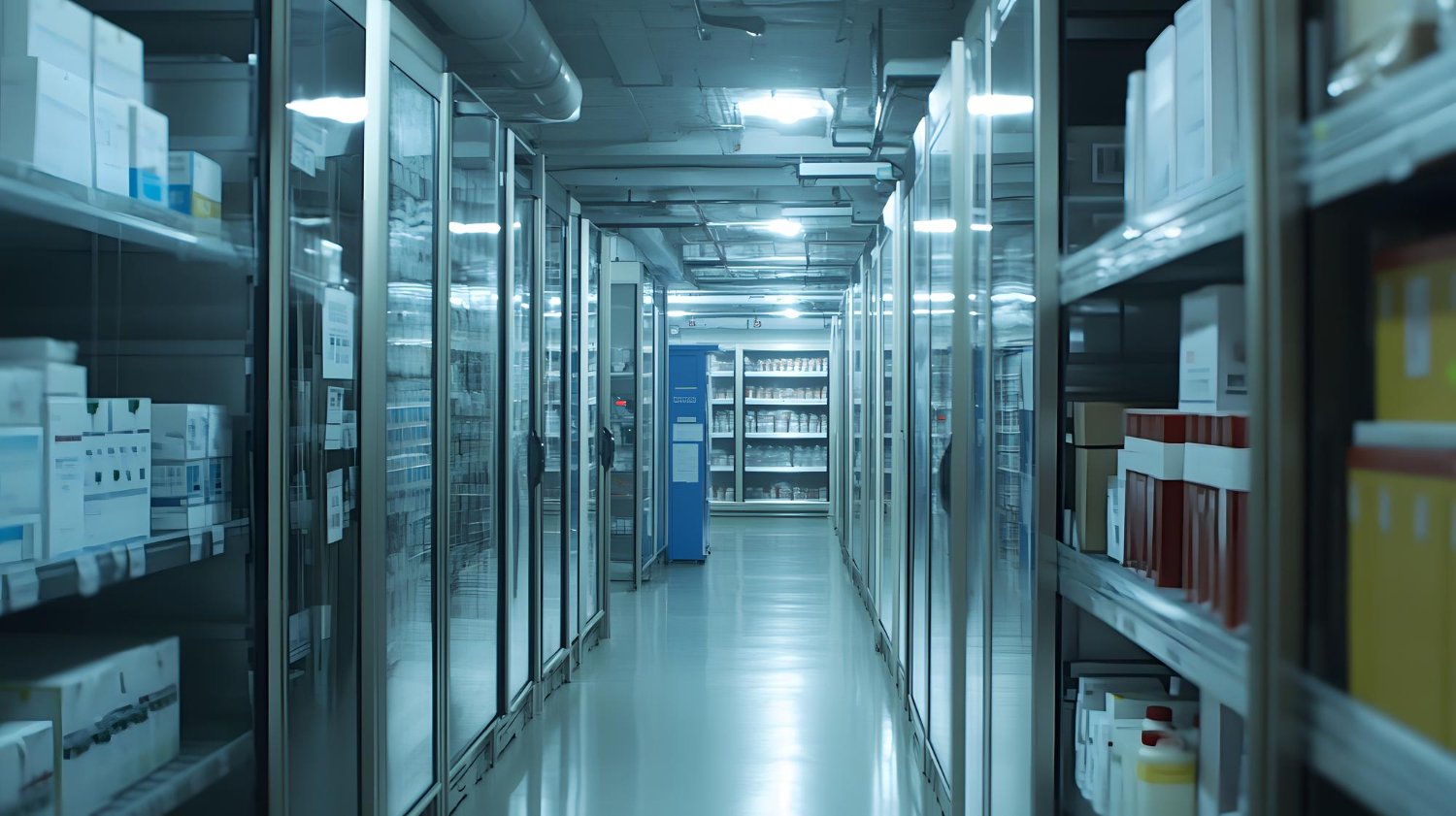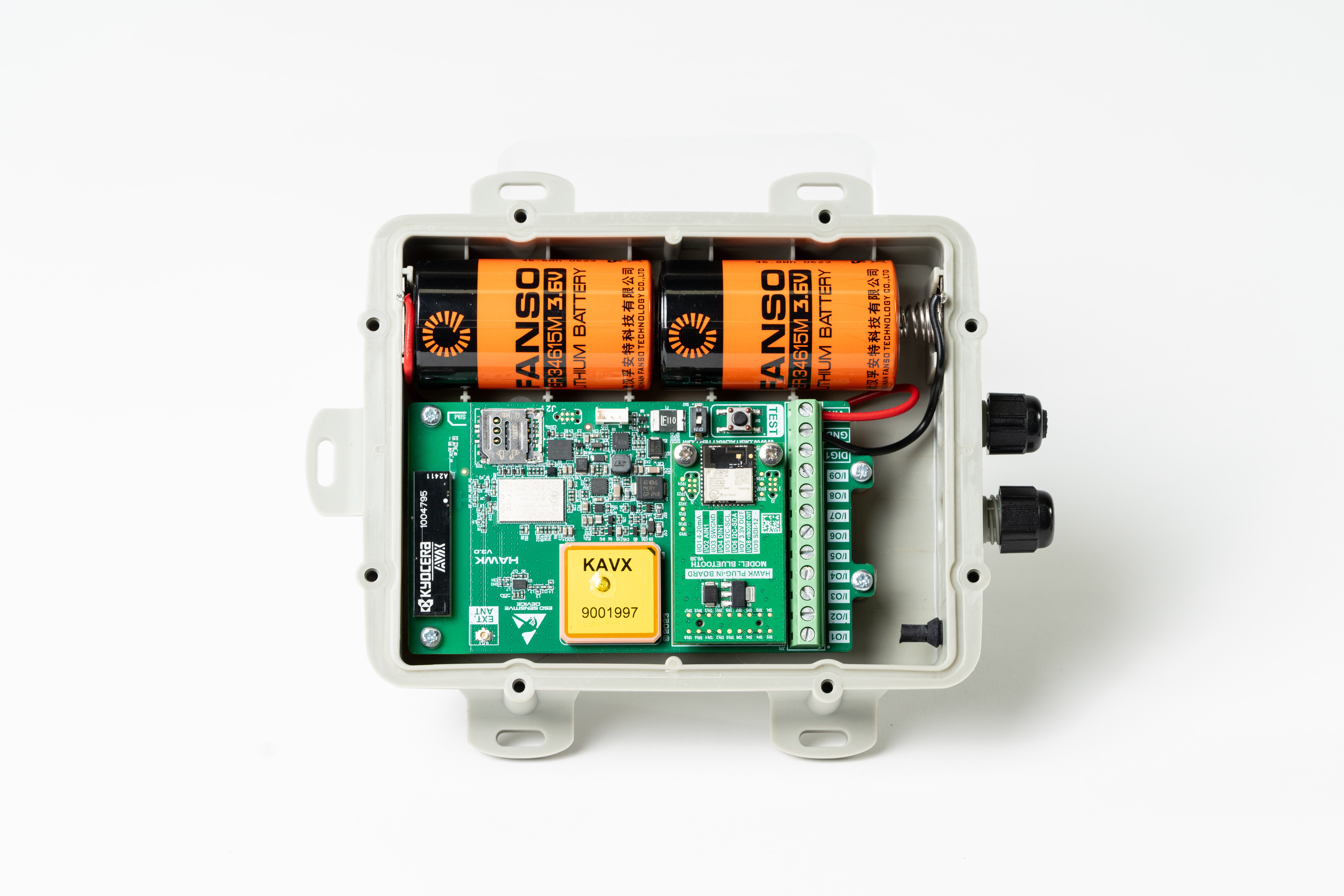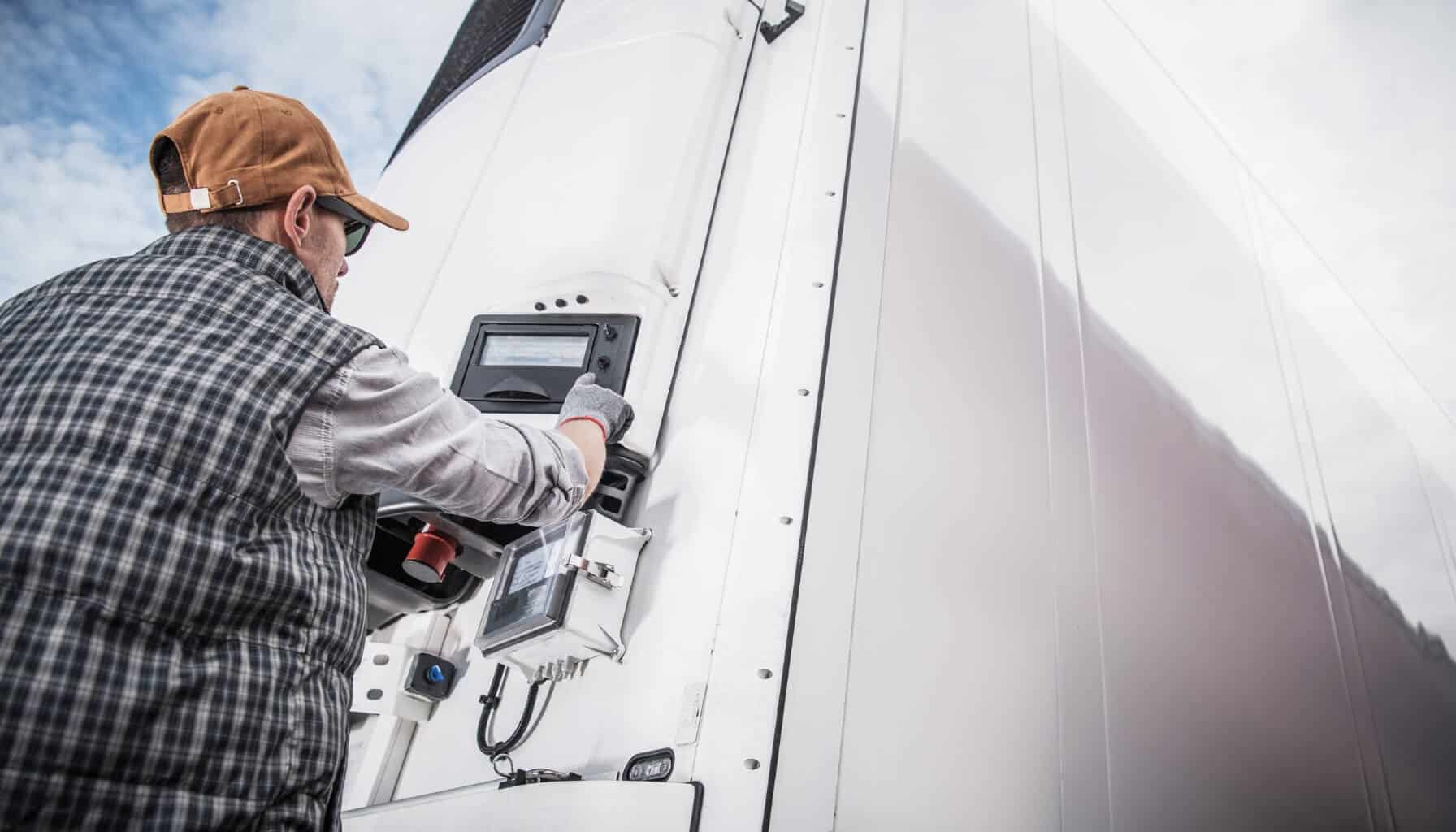Remote Monitoring and Management

Our mission is to help businesses connect, protect, and derive more value from their assets. As a leading global innovator, developer, and supplier of IoT solutions, we drive continuous innovation to enable our partners to deploy confidently at scale worldwide.
.jpg)
Explore how IoT remote monitoring is utilized in industries such as agriculture, healthcare, environmental management, and more. Remote monitoring paired with a data logger offers near-real-time insights into crucial data from a remote location. Ensuring timely decision-making and improved operational efficiency.
What is IoT Remote Monitoring?
IoT remote monitoring and management involve using technology to remotely monitor and manage IoT devices by collecting and transmitting sensor data to an end platform for analysis. Sensors communicate this data to data loggers, which store and transmit it to a cloud-based platform, enabling remote management and near-real-time monitoring from any location. This streamlines operations, providing a more accurate, timely, and cost-effective method to measure and monitor critical data.
How does IoT Remote Monitoring Work?
Sensors placed on or near an asset can collect data from connected devices, including temperature, tank levels, pressure, equipment status, and more. This data is typically processed through an operating system before being sent to a cloud-based platform, allowing users to view insights, perform remote diagnostics, receive alerts, configure tasks, and make data-driven decisions without needing to physically be on site.
Key Parameters for IoT Remote Monitoring
In IoT remote monitoring, the key parameters tracked vary depending on the application and industry.
Temperature and Air Quality
Environmental conditions such as temperature, humidity and air quality are commonly monitored. For example, cold chain logistics operations rely heavily on temperature monitoring to ensure compliance and product integrity, while smart farming may require constant tracking of humidity and soil moisture to optimize crop growth.
Fill Level and Flow Rate
In water monitoring applications, water levels, flow rate, pressure, and leak detection are essential parameters. These are important in utilities and industrial sectors where managing resources like water or fuel efficiently impacts cost and compliance.
Energy Monitoring
IoT remote monitoring systems monitor electrical parameters such as voltage, current draw, and overall power consumption. Remote or solar-powered devices require regular battery monitoring to maintain uninterrupted operation.
Vibration
Tracking vibration patterns and monitoring trends over time enables predictive maintenance, helping prevent breakdowns, reduce downtime, reduce maintenance costs and extend equipment life.
Common Use Cases for IoT Remote Monitoring
Many industries rely on remote monitoring and management to ensure efficient data management and operation of systems that would otherwise require constant manual oversight. This approach often includes real-time data visualization to improve decision-making and optimize processes.
Some key industries utilizing an IoT remote monitoring solution include:
Agriculture
Remote monitoring helps farmers manage internet-connected devices for irrigation systems, soil moisture levels, and crop health, leading to improved yields, energy efficiency, and effective resource management.
Equipment Management
Businesses with high-value or distributed assets use remote monitoring to track equipment usage, status, and location. Through solutions like The Hawk, teams can better understand operating conditions, plan maintenance proactively, and maximize asset utilization.
Utilities
Water, gas, and electricity companies use remote monitoring for network management, leak detection, and to ensure consistent service delivery.
Environmental Management
Remote monitoring is crucial for tracking environmental parameters such as air and water quality, contributing to better environmental protection and regulatory compliance.
Transportation and Logistics
Companies track assets remotely to monitor vehicle locations, fuel usage, and cargo conditions through internet-connected devices, leading to proactive preventative maintenance, optimized fleet management, and reduced operational costs through remote access.
Benefits of IoT Remote Monitoring
IoT remote monitoring provides key advantages that significantly enhance the management and operation of various systems. Here are some of the benefits that IoT remote monitoring can provide:
Increased Operational Efficiency
IoT remote monitoring automates data collection which significantly reduces the need for manual checks and site visits. By streamlining operations, employees can be reallocated to higher-value tasks which improves overall productivity and reduces operational overheads.
Improved Accuracy
Continuously collecting data in real time ensures more precise and reliable information compared to manual processes. This enhances visibility across operations and enables teams to make faster, better-informed decisions.
Significant Cost Savings
Remote monitoring systems can assist with the early detection of issues such as leaks, faults, or equipment failures. Operational disruptions and labor costs are significant, particularly if the infrastructure is hard to access and widespread.
Regulatory Compliance and Reporting
Consistent and reliable IoT remote monitoring helps organizations adhere to industry standards and regulations. With accurate records of operational or environmental parameters, businesses can avoid penalties and demonstrate adherence to both legal and safety requirements.
Remote IoT Monitoring Devices
A remote IoT monitoring device such as data loggers are essential for recording and storing data for remote sensor monitoring applications. This data is then transferred to a defined cloud-based database to allow for remote monitoring and management.
The Hawk Data Logger for Remote IoT Monitoring
The Hawk data logger allows for IoT remote monitoring, designed to optimize operations through precise and reliable data collection. The Hawk boasts several key features:
-
Multiple Battery Options: The Hawk offers two different power options, LiPo, which is a rechargeable battery, and D cell, which is a battery-powered option. These power options boast up to 10+ years of battery life, ensuring extended operation without frequent recharges. Customizable Design: Allows for tailored configurations such as different housing/power options and customizable I/O cards to meet specific monitoring needs and requirements.
-
Near-Real-Time Data Logging: Provides continuous monitoring and instant access to data, leveraging LTE-M and NB-IoT for near-real-time reliable data transfer.
-
Durability: The Hawk has multiple customizable housing options to ensure reliable performance in harsh conditions. They are waterproof, weatherproof, ultra-rugged, and boast an IP68 rating.
Case Study: Promoting Animal Welfare with Wildlife Trap Monitoring

Digital Matter partnered with the Department of Biodiversity, Conservation, and Attractions to enhance the management of their wildlife traps and promote animal welfare.
The Hawk data logger's remote monitoring capabilities measured the status of the traps continuously. Whenever a trap was triggered, the system would send real-time alerts to the conservation team, enabling them to respond swiftly.
Key Outcomes Achieved with the Hawk:
-
Humane Treatment of Captured Animals: By receiving real-time alerts, the team could promptly attend to captured animals, minimizing stress and potential harm.
-
Enhanced Data on Wildlife Activity: The detailed data collected on trap activations and environmental conditions provided valuable insights into wildlife behavior.
-
Increased Efficiency in Trap Management: The remote monitoring system reduced the need for constant physical checks, saving time and resources while ensuring traps were managed more effectively.
To learn more about this case study, click here.
Summary
Remote sensor monitoring is essential in many industries for enhancing efficiency, accuracy, and safety. Remote solutions help organizations manage devices, monitor performance, and improve overall operations, resulting in cost savings, better decision-making, and regulatory compliance.
These systems integrate seamlessly with security systems and support customizable device configurations to meet specific monitoring needs. Whether you're tracking a critical asset via a mobile device or managing a network of connected sensors, the Hawk provides a robust solution with customizable I/O card architecture and multiple power options, making it a flexible option for your remote sensor monitoring needs.
Improve your remote monitoring and management solutions today with the Hawk, or contact us to discuss your IoT remote monitoring solution.


.png)




